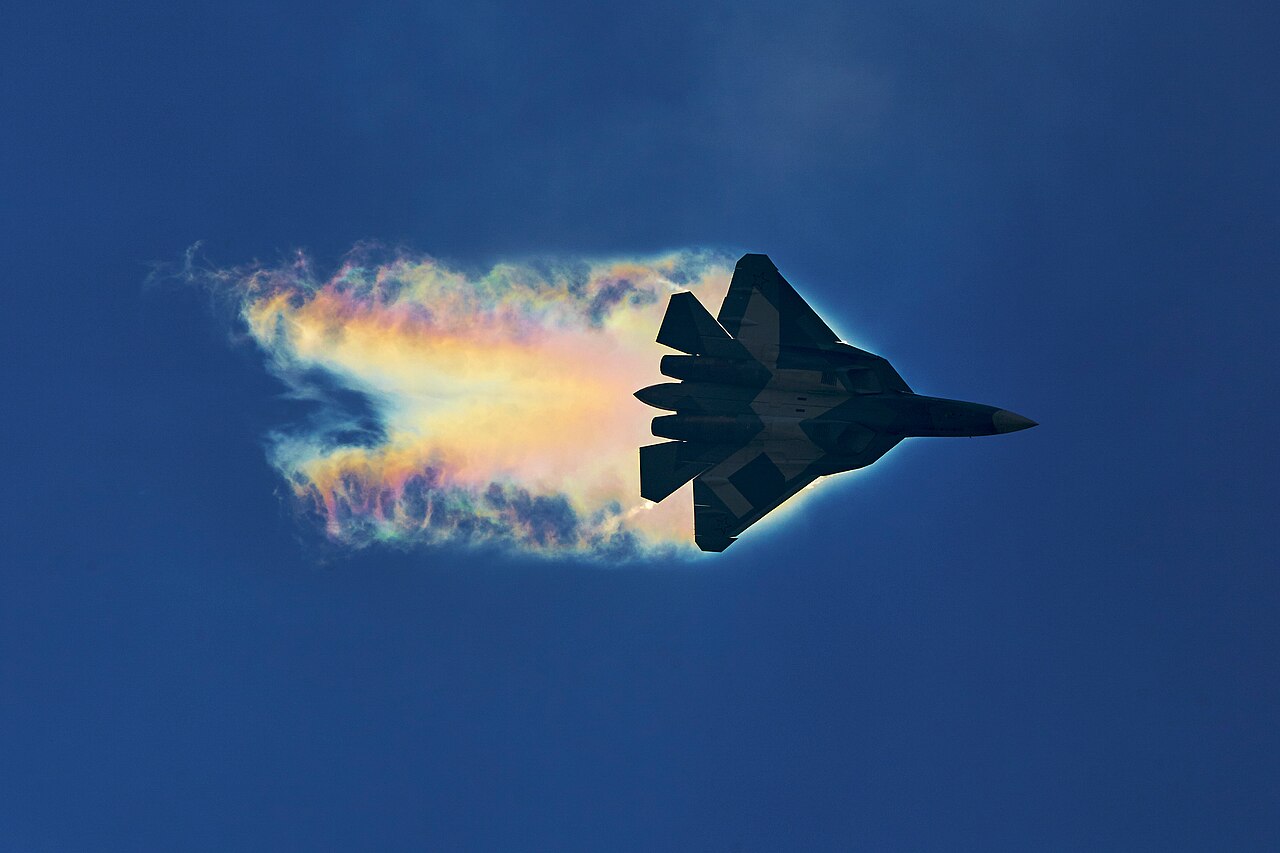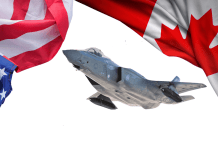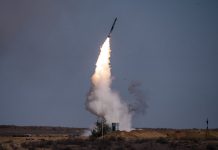A Ukrainian analysis group has alleged that Russia has stalled the production of its ambitious fifth-generation Su-57 Felon aircraft as it struggles with international sanctions. This is in contrast to Moscow’s assertions that production lines are operating smoothly.
Citing the assertion made by the Ukrainian “Frontelligence Insight” group, a report in The Telegraph claimed that Russia may have suspended the production of the Su-57 Felon.
“It’s clear that Russia’s military industry heavily depends on Western components, particularly in electronics,” the group explained.
The analysts from the group surmise that Western sanctions have hampered the development of these fighter jets, which need state-of-the-art technological components. The report also noted that the upgrade of the Su-57 aircraft has also been throttled by the US and its allies via “targeted sanctions.”
After thoroughly examining some Russian documents, the group determined that Russia was struggling to obtain the WA36 attenuator (an electronic device that reduces signal amplitude or power without significantly distorting its shape). These parts are a component of the German MPPU-50, a tool crucial for testing communications and radar systems. Due to the sanctions, Russia has been barred from legally purchasing the MPPU-50.
The report suggests that while Russia could circumvent sanctions and acquire the parts required to produce the prized aircraft, it was time-consuming.
“Considering that Russian military production continued to expand in 2023 and 2024, it’s clear that they find ways to smuggle key components or purchase Chinese replacements to maintain production,” the analysts noted.
However, it noted that importing essential components illegally takes more time, money, and effort. This might have increased the cost of each jet and reduced the rate at which new Su-57s were produced.
“Strikingly, the delivery rate for new Su-57s seems to have dropped – a lot – between 2023 and 2024. Normally, delivery rates for new fighter types increase year on year for a given multi-year order, as workers gain experience and economies of scale kick in,” the report says.
Earlier reports suggested that Russia circumvented certain sanctions by obtaining dual-use products from countries that continue to trade with Moscow.
According to some reports, the Russian company Mikropribor, involved in the construction of the Su-57, had reportedly “acquired equipment for automated workstations to aid in the calibration and laboratory testing of specialized devices like the MPPU-50”.
Furthermore, an agreement negotiated in July 2022, after the invasion of Ukraine and the introduction of sanctions, is believed to have given the Russians access to a Siemens KLE 360 CNC made in Germany. The KLE 360, for example, is a crucial machine automation tool for producing something as accurate as a fifth-generation fighter.

With the imposition of sanctions, the western backers of Ukraine wanted to break off every link in Russia’s military supply chains, prevent the Kremlin from obtaining military technologies, and raise prices for the country’s military-industrial complex.
However, the efficacy of these sanctions has been limited. The Pentagon has admitted that Moscow procured Western-origin components essential for defense manufacturing through third-party transactions and exploited supply chain loopholes.
In August this year, the Pentagon said, “The U.S. Department of the Treasury and the Department of State targeted nearly 400 individuals and entities both in Russia and outside its borders—including in Asia, Europe, and the Middle East—whose products and services enable Russia to sustain its war effort and evade sanctions.”
If Frontelligence Insight’s claims are authentic, it would mean that sanctions have impacted Russia’s manufacturing of the Su-57, an ambitious Russian aircraft that has remained riddled with obstacles since its inception. This would be particularly damaging for Russia, considering that the aircraft is being promoted for export to international partners.
However, contrary to the claims made by the Ukrainian groups, Russia maintains that the country has expanded the production of fifth-generation aircraft.
Production & Delivery Of Su-57 On Track?
While the Su-57 Felon was created in response to the US stealth fighters, it has struggled due to manufacturing issues since its inception. Recently, reports surfaced that Russia may have lost one Su-57 stealth fighter on the ground.
Nevertheless, Russia is actively working to increase aircraft production. For example, towards the end of last year, the manufacturer United Aircraft Corporation (UAC) announced that it had streamlined its aircraft assembly process and expanded its production capacity to manufacture more Su-57s. This included eliminating bottlenecks in the complete production cycle, not just in the final assembly line.
Additionally, the procurement of advanced components from supplier manufacturers was also optimized, and advancements in aircraft assembly technology were initiated.
By the end of 2023, the Russian Aerospace Forces had reportedly received deliveries of 22 Su-57 fighter jets and the UAC CEO Yuri Slyusar pledged to double the production of the stealth fighter.
Beijing Plans ‘Compulsory’ Military Training For Chinese Students To Boost China’s National Security
More recently, Moscow announced in August 2024 that the Komsomolsk-on-Amur Aviation Plant (KnAAZ), a major facility under the UAC, has placed additional facilities into service to increase the production of the Su-57 aircraft. The move was seen as a crucial first step in resolving the issues that have plagued the Russian stealth aircraft program for a long time.
The UAC stated that the new facilities at KnAAZ include structures devoted to fuel system development and the completion of the first phase of a boathouse for avionics testing. The expansion and modernization of the KnAAZ plant were funded through a multi-year investment program that drew substantial state funding.
Contrary to the claims that Russia had stalled production, the UAC announced in September 2024 that it had handed over a batch of new Su-57 and Su-35S aircraft to the Russian Aerospace Forces.
The UAC post didn’t specify the number of Su-57 fighters delivered. However, an accompanying video showed two Su-57 fighters operating on the tarmac and three Su-57s taking off.
The production target for 2024 is said to be 24 Su-57 fighters, and the batch recently delivered is the first this year, giving the impression that production may have been somewhat slow. However, Moscow has not indicated the suspension of production activities.
In fact, announcing the delivery of the aircraft last month, the UAC said: “Today, at the UAC enterprise, where fighters are produced, production is being updated as part of implementing promising technical re-equipment projects, construction and installation work was completed at new facilities of the flight test station. To expand the serial production of the Su-57, the construction of an additional building has begun, where fifth-generation aircraft systems will be tested.”
- Contact the author at sakshi.tiwari9555 (at) gmail.com
- Follow EurAsian Times on Google News




